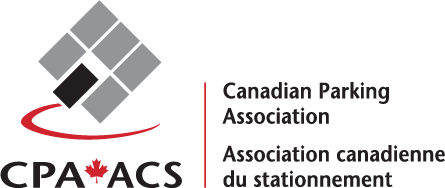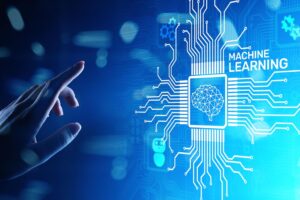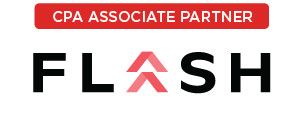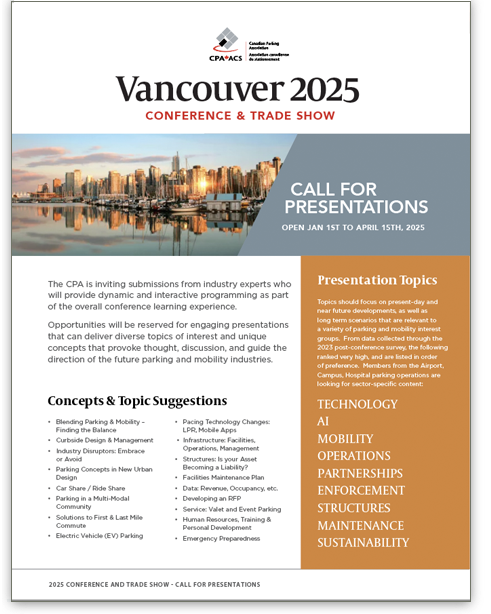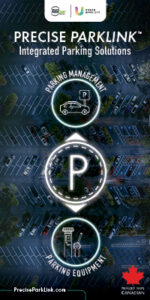By Todd Tucker
The Smart City. It has been the goal of urban planners and municipal leaders for years. When planners and politicians picture a smart city, they see an urban environment where technology and data collection improve the quality of life and the sustainability and efficiency of city operations.
For many communities, the most important manifestations of smart city planning revolve around mobility and parking. If visitors to an urban center can get to their ultimate downtown destination quickly, directly, and safely, the benefits are significant. Roads become less congested and, as a result, safer; the quality of life improves because of this reduced congestion; and local businesses are more likely to thrive because it’s easier for patrons and employees of local businesses to get downtown.
Smart city success is built on technology, and parking technology is the key. Specifically, parking guidance technology. Drivers need to park and making it easier to park will dramatically reduce congestion on city streets. There are several apps serving Canada that can provide basic information about where parking is available in a given city and how much it costs. But most are missing an essential element: occupancy data. These apps aren’t as useful as they could be if they don’t tell users whether there’s parking available in the parkade they’re choosing.
That’s why parking guidance technology is the driving force behind smart city parking planning. The technology already exists, and it’s up to Canada’s cities to implement those technologies.
The Power of Data
Smart cities run on data—data about where parking is available at that moment. The technology to produce the data is available, but so far, most cities and private parking owners haven’t taken full advantage of it.
Parking guidance technology makes it easy to…
By Chris Scheppmann
When we visualize artificial intelligence (AI), we often think of robots learning how to think, so they can perform human tasks. And of course, those of us who are science fiction fans probably envision apocalyptic acts committed by hordes of out-of-control robots. Thankfully, the reality is much safer and more useful than robots learning how to kick a soccer ball. This is particularly true when it comes to parking.
One of the most important recent breakthroughs in parking guidance technology is Machine Learning. Through Machine Learning, parking guidance has become highly accurate and useful, both for helping manage parking inventory and when it comes to providing parking operations with business intelligence to make better informed decisions. But, to understand the role that Machine Learning is playing in parking guidance, it is first necessary to understanding what Machine Learning is.
What is Machine Learning?
Machine Learning is a type of AI. Equipment paired with Machine Learning is able to modify itself when exposed to more data. It is dynamic and does not require human programmers or designers to manually make changes and the Machine Learning models can continually improve its understanding of an environment where it is being used.
As Arthur Samuel, a pioneer of the field stated in 1959, Machine Learning “gives computers the ability to learn without being explicitly programmed.” As an example, Machine Learning is like a child who is born without having any knowledge and adjusts (knowledge improves) its understanding of the world in response to experience (receives new data). As that baby continues to be exposed to similar and new experiences, its ability to make connections and decisions improves. Over time, a child can differentiate between a spotted dog and a cow or a brown-haired dog and a…

